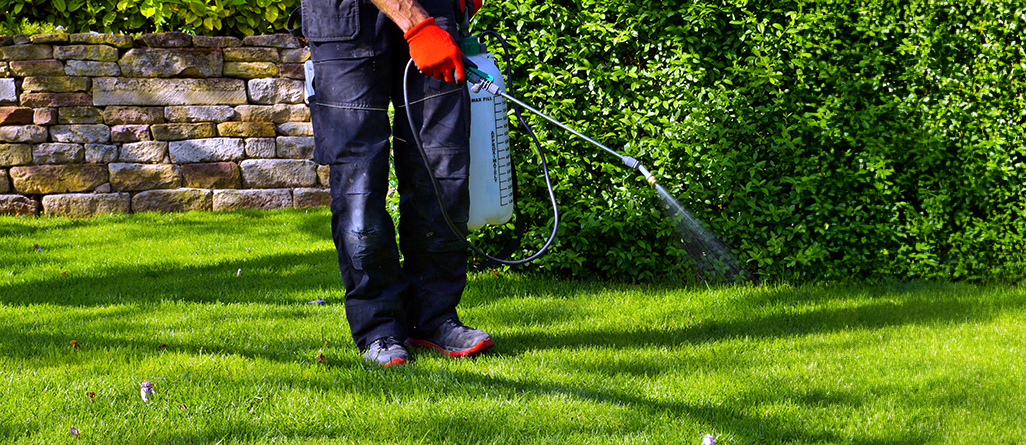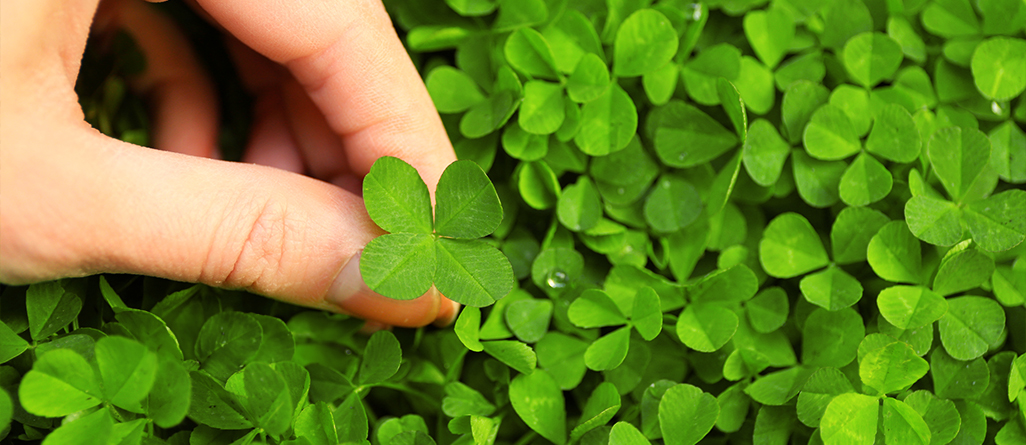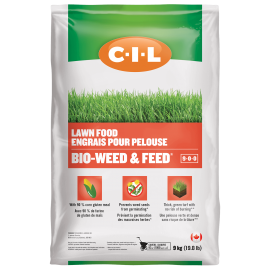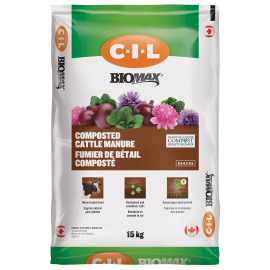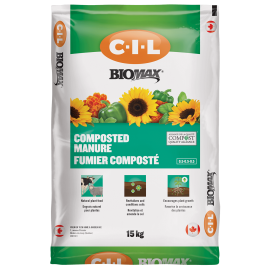Is clover popping up in your lawn?
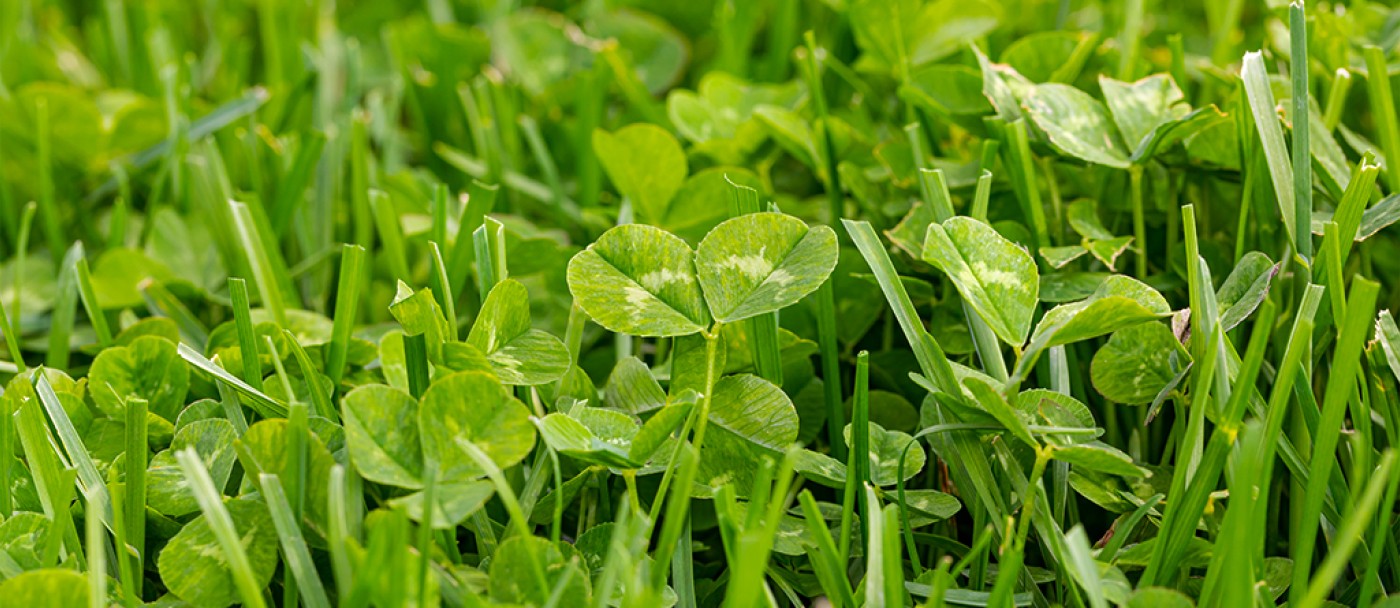
To many homeowners, the appearance of clover ruins the look and appeal of their wonderfully manicured weed-free lawn. Others consider clover as beneficial to have. They find it perfectly acceptable in a lawn. Neither is wrong, as it boils down to individual preference.
Why lawns in the first place?
A bit of history here: lawns came about in North America from Europe, back in the early 19th century. Lawns were the ground cover on rich estates where landowners could afford to have staff cut grass with scythes or run sheep temporarily to chew down the vegetation.
Eventually, open areas in the city developed into parks with patches of lawns, benches and gazebos. Later, lawn bowling greens and golf courses began to be developed, epitomizing a population with more leisure time.
Lawns were not usually on our pioneer farms, where this was considered an extravagance and a waste of good land.
Eventually, in the late 1900s, lawns, within the emerging cities, migrated from the parks to home properties. The new homes constructed in the downtown areas had small spaces allowed for grass. Then came the invention of the mechanical reel lawn mower which kept the grass trimmed.
After WW II, when cars became abundant, subdivisions began to be built away from the downtown. These homes began to pop up everywhere, complete with lawns.
So what is the point of clover?
Clover was an accepted and even encouraged part of lawns until the late fifties and early sixties. In fact, it only acquired its weed status because the earliest broadleaf 2,4-D herbicides killed it off along with the dandelions.
The importance of a neat, weed-free, closely shorn lawn was promoted intensely, and became a benchmark in the neighbourhood.
Around that time, we saw new inventions catering to this neat lawn image: the rotary mower, pesticides, weed-free grass seeds, weed & feed fertilizers, and spreaders to make their application simpler.
Clover simply vanished under this lawn care regime.
Today, there are many provinces and municipalities with pesticide bans, which make achieving the perfect lawn a bit of a challenge. In Canada, for example, the bans started in 2003 in Quebec and 2008 in Ontario. Most of the remaining provinces enacted similar bans shortly after and Health Canada's Pest Management Regulatory Agency (PMRA) banned weed & feed fertilizers.
Over this last decade or so, many homeowners have relaxed a bit on the weed-free look and are tolerating some weed encroachment in their lawns.
Eventually, weeds would find their way back, including clovers.
Here is where the clover begins popping up in your lawn. Because it is not an obvious broadleaf weed like dandelion or plantain, it subtly weasels its way alongside your grass blades, usually filling in bare spots. It is low-growing like grass. It seems that clover is looking for its rightful place back into regular lawns, just like it was before the fifties and sixties.
What is clover?
Clover is a legume and a member of the pea family. It originated in Europe and made its way to North America in the late 1600s.
There are more than 300 species. It can be grown and harvested as forage or hay. It is often grown in plots to attract deer, turkey and other wildlife. But for lawn areas, we are primarily talking about the shorter clovers like Dutch white clover or micro-clover, not the tall forage clover.
Clover has a deep root system, which helps lawns stay green, and it helps fix nitrogen deficiencies, among other advantages.
The pros and cons of having clover in your lawn
5 Reasons to keep clover in lawns
- Clover does not need fertilizer. It takes nitrogen out of the air and soil and converts it to a natural fertilizer, feeding itself first, and eventually when it goes through its cycle of dying and reseeding, the expiring clover will feed the nearby grass. Clover moves into areas of your lawn that are nitrogen-deficient, filling in bare spots with its low-growing characteristics.
- Clover helps to minimize weeds. It quickly forms clumps that spread with its secondary roots and/or seeds which can crowd out broadleaf weeds. But it does not overtake grass; in fact they both grow well together. If you fertilize, irrigate and cut your lawn higher, the clover will disappear. But if you are a homeowner with a more laissez-faire attitude and you forgo all these activities, the clover slowly fills in when and where grass fades out. In the end, you will have a green lawn no matter what.
- Lawn insects stay away. It is one of clover’s features: lawn insects like grubs and chinch bugs will avoid the plant completely.
- Clover tolerates poor conditions. Unlike grass, it can grow in poor-draining, low-quality or compacted soil. Clover tolerates drought, too much shade and dog urine where grasses struggle, making it a good companion plant to turf.
- Clover blossoms will attract honeybees and other pollinators, which improves your ecosystem. However, if you have allergies or have children playing on the grass, this is not a benefit, but a hazard. Depends on your situation.
5 Ways to get rid of clover in my lawn
- Manually remove it. Soak the clover area soil well, use a garden trowel or shovel to help pull the plants out. Re-seed with grass seed.
- Fertilizer boost. A regular application of fertilizer makes the grass stronger and more vigorous. It will choke out the weeds.
- Broadcast a pre-emergent corn gluten fertilizer like C-I-L Bio-Weed & Feed Lawn Food in the spring to inhibit weed seeds from germinating and also fertilize the lawn.
- There are spot sprays available, like Wilson WEED OUT, that are government-approved plant-based pesticides that can kill the weeds down to the roots. Re-seed a few weeks later.
- Raise your mowing height. Clover prefers to grow in areas where the grass is less than 7.5 cm (3 inches) high. Mowing at a higher setting will discourage it.

